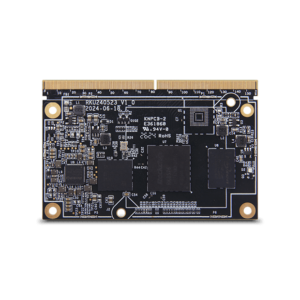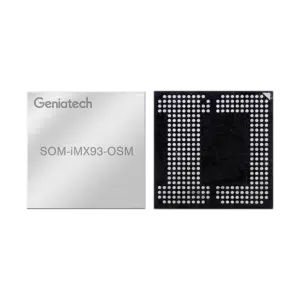Exploring the Benefits of Using Computer on Modules in Industrial Applications
Exploring the Benefits of Using Computer on Modules in Industrial Applications
Blog Article
The quick development of technology has pushed significant inventions in stuck methods, one of which will be the module computer Working as a bridge between custom technology and off-the-shelf segments, the SoM is redefining how developers method stuck process design. That blog highlights the primary knowledge of a Process on Component and its growing programs in various industries.

What is a Program on Module (SoM)?
A System on Component (SoM) is really a lightweight, ready-to-use board that combines all the core the different parts of a method on a single module. This typically involves the model, memory, power administration models, and sometimes extra peripherals like Wi-Fi or Ethernet. Unlike a normal single-board computer, an SoM does not include fittings and interface ports pre-installed, meaning it must be coupled with a company panel to create a whole system.
Built to streamline progress workflows, the modular nature of an SoM allows designers to miss out the complex process of developing and assembling every person element from scratch. By adopting an SoM, organizations may focus more on the application-specific features of their products.
Features of Applying Process on Element
The integration of an entire system on a singular element gifts a few benefits. First, it dramatically reduces enough time necessary for product development. Pre-tested modules ensure security, preserving weeks of benefit executive teams.
Moreover, the scalability of an SoM allows corporations to modify efficiency degrees predicated on challenge requirements. For example, a low-cost option can very quickly scale in to a high-end product by sharing the processor in the component while preserving the provider panel design. This process decreases design risks while selling long-term cost-efficiency.
Lastly, the stability of an off-the-shelf module guarantees high compatibility with active instruments and frameworks, which makes it suitable for equally little startups and large enterprises looking to hit the market quickly.
Key Applications of SoM in Embedded Techniques
The utilization of Process on Modules spans several high-demand industries including but not restricted to medical units, automation, and customer electronics.
Medical Units
Reliability and reliability are paramount in healthcare. System on Segments with protected running capabilities are stuck in watches, imaging units, and portable diagnostic tools.
Commercial Automation
Strong and energy-efficient, an SoM is a must for commercial control programs and autonomous robotics. Their scalable structure helps high-speed information running and IoT connectivity.
IoT Units

Customer products like smart thermostats, wearable devices, and even home personnel combine an ultra-compact Process on Module for seamless performance.
The Process on Module remains to gain traction because of its reduced difficulty and flexibility, cementing itself as a future-proof alternative in the stuck methods sphere. Industry leaders already are leveraging these modules, and their scope is expected to expand further as technology evolves.
Report this page